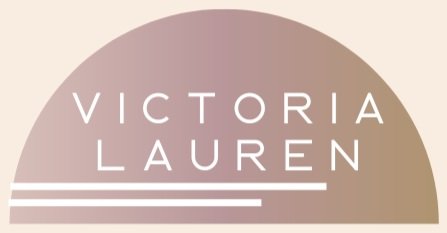Med Device Misconception: Why FDA Clearance Doesn't Guarantee Startup Success
Med device CEOs can be so focused on sprinting to FDA clearance, they neglect to establish a go-to-market (GTM) strategy. Turns out things don’t sell like hotcakes post-clearance unless you’ve put the work into developing a solid commercialization strategy! In this article we will explore the number one mistake CEOs are making that causes product sales to suffer.
Startups can be hyper focused on obtaining FDA clearance to the unknowing detriment of their sales and profitability. One CEO I worked with said, “I honestly thought once we had FDA clearance our sales would just start rolling in.” The majority of your go-to-market groundwork should be laid long before FDA approval! Part of that strategy needs to include building interest amongst doctors and surgeons before your product is cleared - “selling” what they can’t yet buy. A tactic that orthopedic companies use is to sponsor product development and validation labs with key opinion leaders.
Surgeons love it! What else matters?
Now that you’ve cultivated an extensive network of physicians who love your product, you’ll be ready to dominate the market! Sadly, it’s not that simple: Physician preference alone does not drive purchasing decisions at hospitals.
You still have to get through the value analysis committee (VAC). The VAC, sometimes called the technology assessment committee, is made of representatives from different departments including nurses, administrators, purchasing agents and more. This committee will decide if your product makes sense to offer both clinically and financially. The party responsible for presenting to the VAC varies - it could be a physician passionate about your product, it could be your Head of Sales in the early startup days, or it could be a sales representative carrying your product line (sometimes this is as an indepent contractor and other times as a full time employee).
One sales rep new to orthopedics got a text from their surgeon: “We’re scheduled for 7am tomorrow morning. Can you bring the new elbow implant I tested out at HQ?” The rep arrived early with the newly launched product, only to discover they didn’t have permission to bring the new device into the operating room. To make matters worse, the rep then lost the case to a competitor who was on standby! In this example the rep didn’t know about the VAC, but even with VAC approval be aware that you may need additional clinical review and approval by a board of physicians depending on the novelty of the device and/or the level of risk associated with the surgical technique.
Reduce lead time by building relationships with members of the Value Analysis Committee early. Create a packet of evidence that highlights benefits and the unique value of your device, including value propositions tailored to each persona. Rely on your sales and marketing team to handle these objectives ahead of FDA clearance. Remember that there are many complicated relationships and workflow dynamics at play that are unique to each hospital!
Vendor Contract Negotiations
You might think you’ll be homefree once you build physician interest and navigate the value analysis committee, but you’d be wrong again! Enter preferred vendor contracts.
To receive volume discounts, hospitals sign preferred vendor contracts with larger medical device suppliers that say “we agree to utilize your product line 80% of the time.” This means that doctors (as a group) are expected to use the preferred vendor 80% of the time! The remaining 20% is the carve out that smaller companies rely on for sales and will be negotiated with the value analysis committee.
While the preferred vendor contracts may not be enforceable from a legal standpoint, as a startup be prepared to feel pressure from the hospital when the “big players” stop honoring the agreed upon discounts as a consequence of using your product instead of theirs.
How long is your runway?
Failing to achieve initial sales doesn't just mean a slower ramp - it can lead to your investors and board losing confidence in you - and your company. One startup CEO told me their product was on the market for just 6 weeks before the company folded. With slow sales out of the gate, investors lost confidence in the commercial viability of the newly-cleared device, and were unwilling to extend a bridge round to build market support.
Managing board expectations is especially critical if board members are used to the faster-paced GTM as seen in consumer tech or they simply lack med device and pharma experience. It's critically important to educate your board on the realities of healthcare market dynamics well in advance of FDA clearance. I advise med device CEOs to plan for at least a 6-month sales cycle (and as long as 18-24 months), manage board expectations accordingly, and ensure your funding runway is aligned with these realities.
In conclusion, FDA clearance is not the finish line but the starting gate. Success requires a robust go-to-market strategy that includes physician outreach, early engagement with hospitals, managing board and investor expectations, understanding the healthcare sales cycle and a reimbursement strategy. Post-clearance sales (and even your company’s fundamental viability!) demand that you build and implement a cohesive GTM strategy long before FDA clearance.
Victoria is a Product Strategy & Leadership Coach with 14 years of experience in corporate America, spanning from industrial powerhouses to agile startups. With a background in biomedical engineering, Victoria’s expertise include med device sales, health tech marketing, and full lifecycle product management. As an operator-turned-coach, Victoria excels at guiding leaders as they scale during early growth for startups in the med device, health tech and pharma industries.

